Introduction to Cells - Specialised Cells: More Cells (GCSE Biology)
What are Specialised Cells?
Specialised cells are those with distinctive structures and have unique functions in the body. They work together in groups to form different tissue types, for example in nerves or muscles. These tissues form organs, which support bodily functions. There are many types of specialised cells in the body. Specialised cells examples are listed in these notes.
Nerve Cells
Nerve cells are required for the transmission of electrical impulses. Nerve cells send impulses around the body of animals in order to aid sensation and movement. Nerve cells are adapted to carrying impulses.
How are nerve cells specialised?
- Long axon – they have a long axon to move the impulse from one part of the body to another.
- Dendrites – They also have many dendrites that contact other nerves. This happens at special junctions called synapses, using neurotransmitters.
- Mitochondria – making these neurotransmitters requires energy, which is provided by the large number of mitochondria in synapses.
- Insulation – nerves have a myelin coat (sheath) which insulates them.
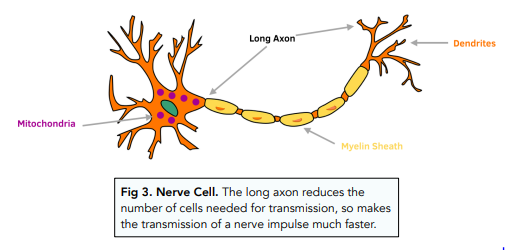
IT WONT LET ME EDIT THE FIG NUMBER OF THE CAPTION
Muscle Cells
- Muscle cells are used for movement. Muscle cells contract and relax, allowing different types of movement.
- There is striated and smooth muscle. Striated (striped) muscle is the muscle you usually think of. It it found in muscles like your biceps, allowing you to move. Smooth muscle is found in some vessels and your digestive system. This moves food through your gastrointestinal tract, through a process called peristalsis.
- Muscle cells are adapted for contraction.
- Many mitochondria – Striated muscle has many mitochondria to provide energy, proteins that aid movement by sliding over one another and glycogen, to provide a substrate for respiration.
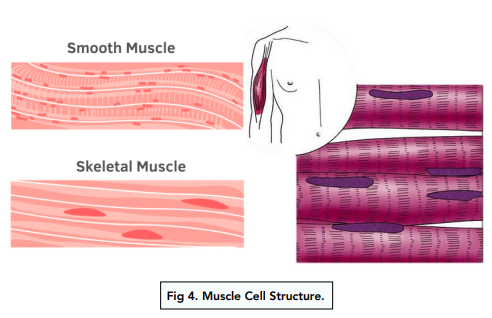
Egg Cells
Egg cells are used in reproduction. Egg cells fuse with sperm cells receive genetic information from the male parent via the sperm cells.
Egg cells are adapted for fertilisation.
- Nutrients in the cytoplasm – These nutrients can help feed and nourish the developing embryo.
- Haploid nucleus – They also have only half the total number of chromosomes than in normal cells making them ‘haploid’. When the sperm cell fuses with the egg cell, the embryo then has the normal total number of chromosomes.
- Changes in the cell membrane after fertilisation – After fertilisation by a sperm, the egg’s cell membrane goes through structural changes to prevent anymore sperm from entering the egg. This ensures an embryo with the correct number of chromosomes.
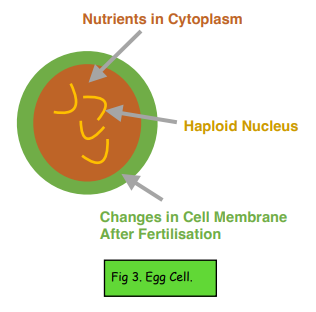
Ciliated Epithelial Cells
Epithelial cells are cells that line the surfaces of organs.
Some epithelial cells have cilia which are hair-like structures on their surface.
- Ciliated epithelial cells’ main role is to move substances in one direction. The structures move together to waft substances. For example, in the airways, ciliated epithelial cells help move mucus (that traps unwanted inhaled substances) up towards the throat.
This is then swallowed and doesn’t reach the lungs thus, protecting the lungs.
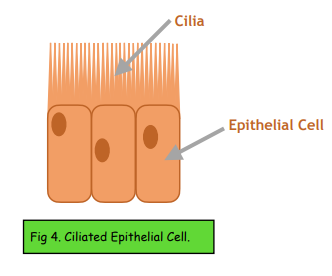
Red Blood Cells
Red blood cells are adapted to transport oxygen. Oxygen must be delivered to tissues around the body for aerobic respiration and it is red blood cells that carry the oxygen.
They are adapted to transport the oxygen.
- No nucleus – this leaves more room for the cell to carry more Oxygen.
- Biconcave Disc Shape – this flattened disc gives the cell a larger surface area over which Oxygen is absorbed.
- Haemoglobin – this red pigment in the cell is the component that actually binds and carries the Oxygen.
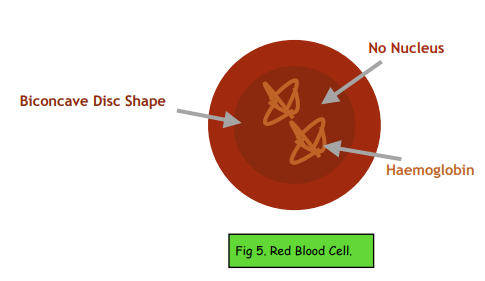
Root Hair Cells
Root hair cells are required for absorption of water and mineral ions in plant cells. Root hair cells are found on the surface of roots, and are involved in absorption of water and mineral ions from the soil, which the plant needs for photosynthesis and survival.
Root hair cells are adapted to absorption.
- Surface area – root hair cells greatly increase the surface area of the roots, in order to increase the movement of water into the cell.
- Permanent vacuole – speed of osmosis is also increased by the presence of a permanent vacuole in these cells.
- Mitochondria – the root hair cells have many mitochondria, to increase the energy available for the active transport of mineral ions.
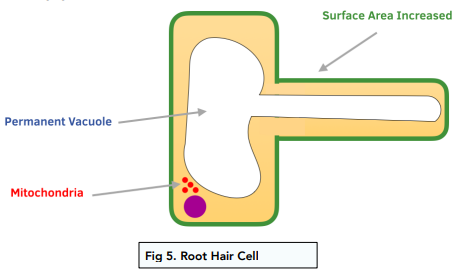
Palisade Mesophyll Cells
Palisade cells are present in leaves and are adapted for photosynthesis. This is where most of the plant’s photosynthesis takes place. They have:
- Chloroplasts – these aid with photosynthesis in the cell.
- A tall shape – so they have a large surface area exposed to absorbing Carbon Dioxide.
- A thin shape – a lot of cells can be fitted at the top of the leaf which is nearer the light.
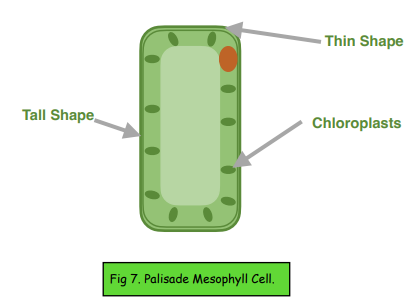
Xylem
Xylem is involved in support and transport in plants. The xylem provides support for the plant and aids the movement of mineral ions and water from the roots to the leaves and stem of the plant.
The xylem is adapted to support and transport.
- Spiral shape – the spiral shaped buildup of lignin in the xylem cell walls kills the tissue. This then leaves hollow tubes for the water and mineral ions to move through, from the roots upwards.
- Lignin – The lignin dead cells strengthen the xylem, aiding its job as support.
Phloem
The phloem is involved in transport in plants. Whilst the xylem transports water and mineral ions, the phloem uses energy to transport sucrose and the products of photosynthesis through the plant.
The phloem is adapted to transport.
- Sieve plate – the phloem cell walls form a sieve plate, as they disintegrate. These sieve plates allow the movement of food.
- Companion cells – phloem is kept alive by companion cells, which have mitochondria for energy transfer. This energy is used to move the food through the phloem.
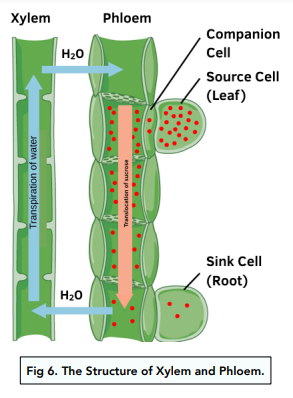
Specialised cells are cells that have a specific structure and function, adapted to perform a particular task within the body. Examples include muscle cells, nerve cells, and red blood cells.
Generalised cells, such as skin cells, have a simple structure and can perform basic functions. Specialised cells, on the other hand, have a more complex structure and are adapted to perform specific functions within the body.
No, specialised cells cannot change into other cell types. This is because the cells have specific structures that are adapted to perform their unique functions, and this cannot be altered.
There are many types of specialised cells in the human body, including muscle cells, nerve cells, red blood cells, and white blood cells. Each type has a specific structure and function that is adapted to perform a particular task within the body.
Specialised cells are important for the functioning of the human body because they allow the body to perform specific tasks efficiently. For example, muscle cells are responsible for movement, while red blood cells carry oxygen to the body’s tissues. Without specialised cells, the body would not be able to perform these functions effectively.
Yes, the structure and function of specialised cells can change over time, due to ageing or disease. For example, muscle cells may shrink and become less efficient with age, and nerve cells may be damaged by diseases such as Alzheimer’s.
Specialised cells help to maintain homeostasis in the body by performing specific functions that regulate various processes within the body. For example, red blood cells help to regulate the level of oxygen in the body, while white blood cells help to fight infection. By performing these functions, specialised cells help to maintain the balance of the body’s internal environment.






Still got a question? Leave a comment
Leave a comment